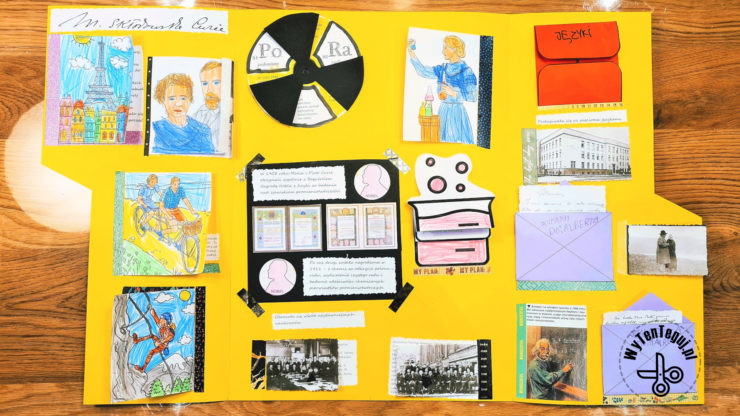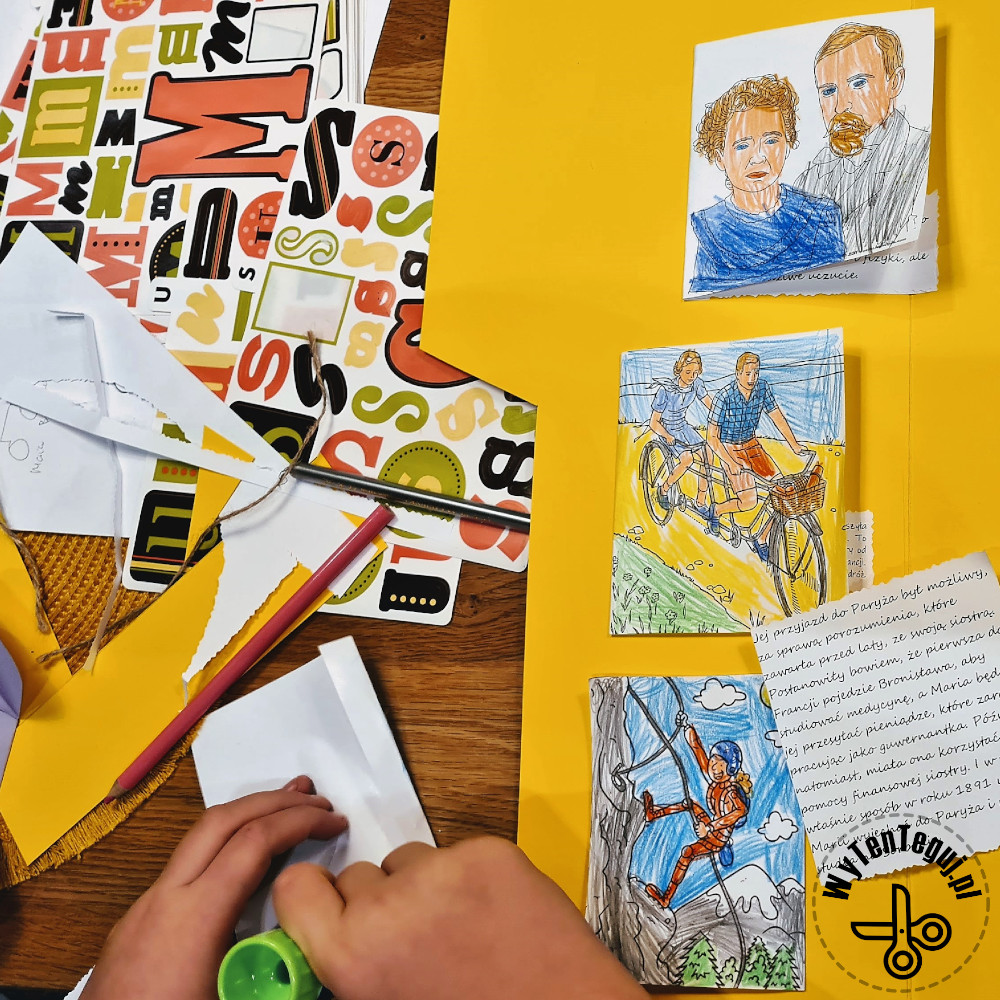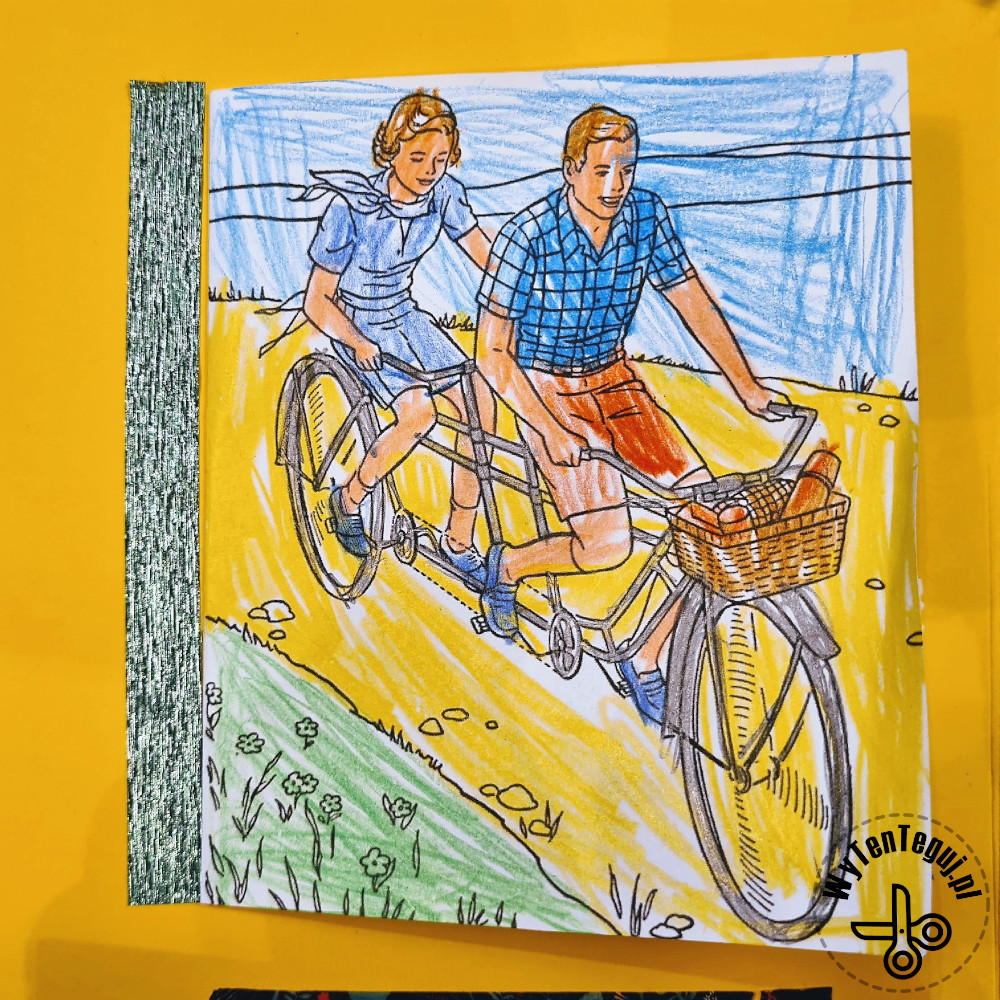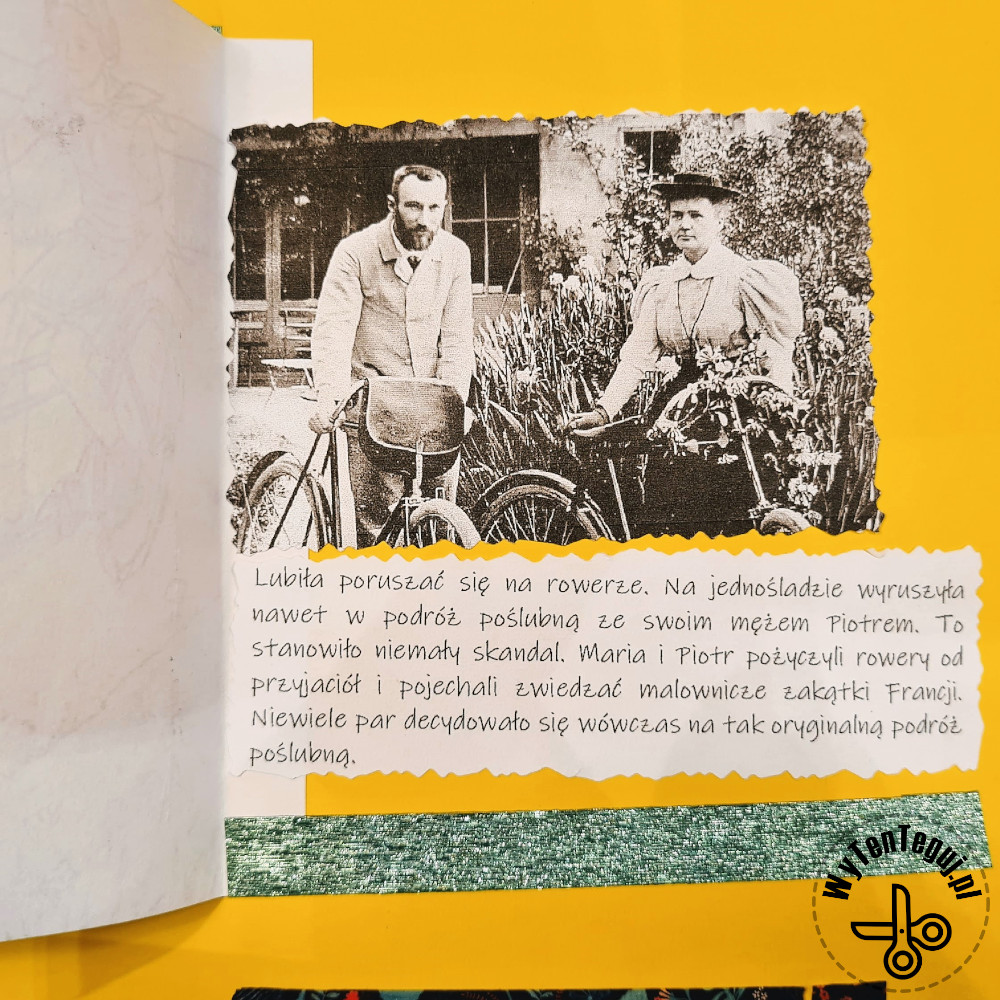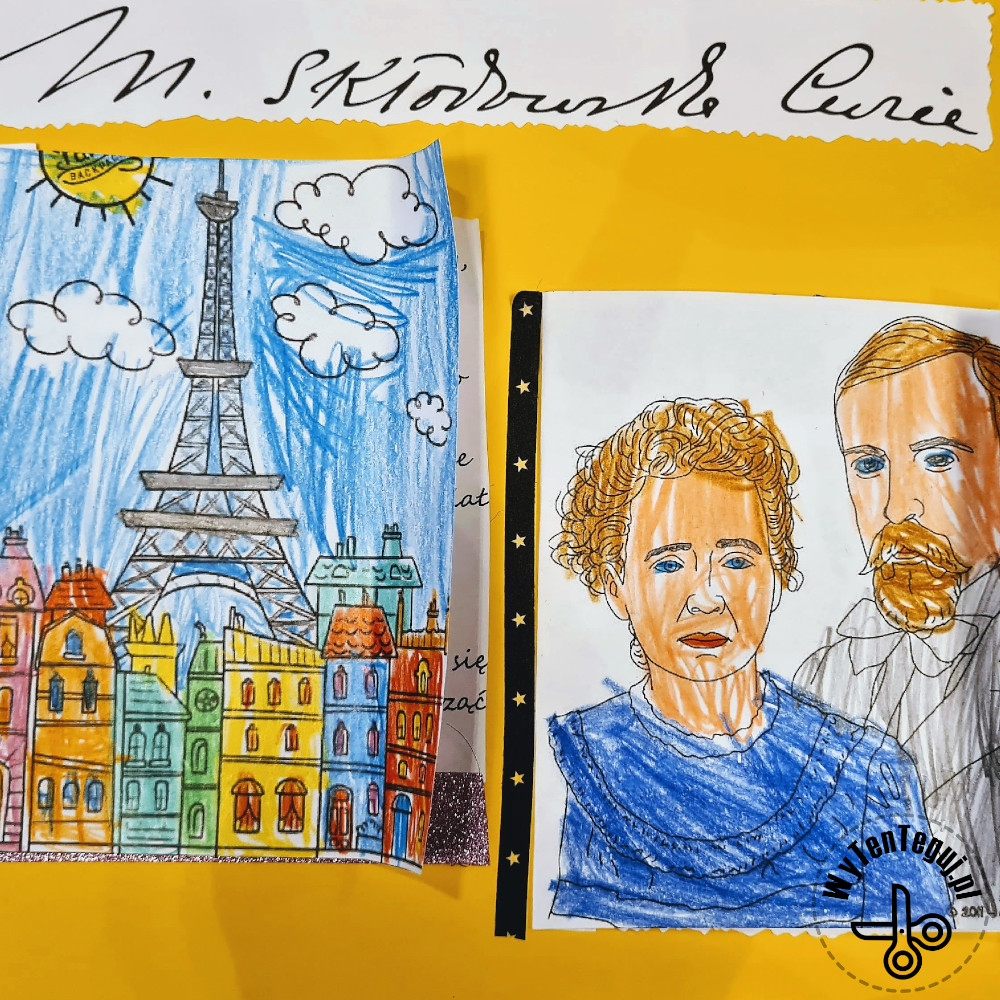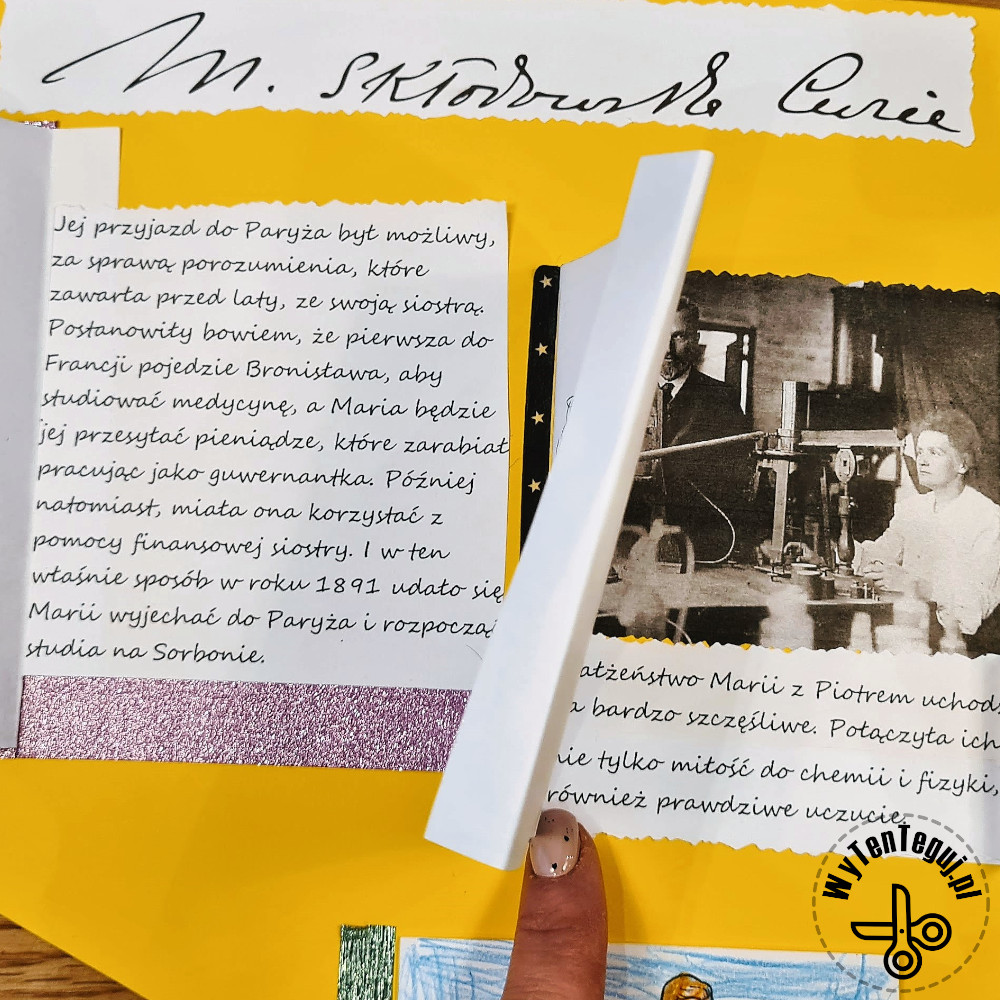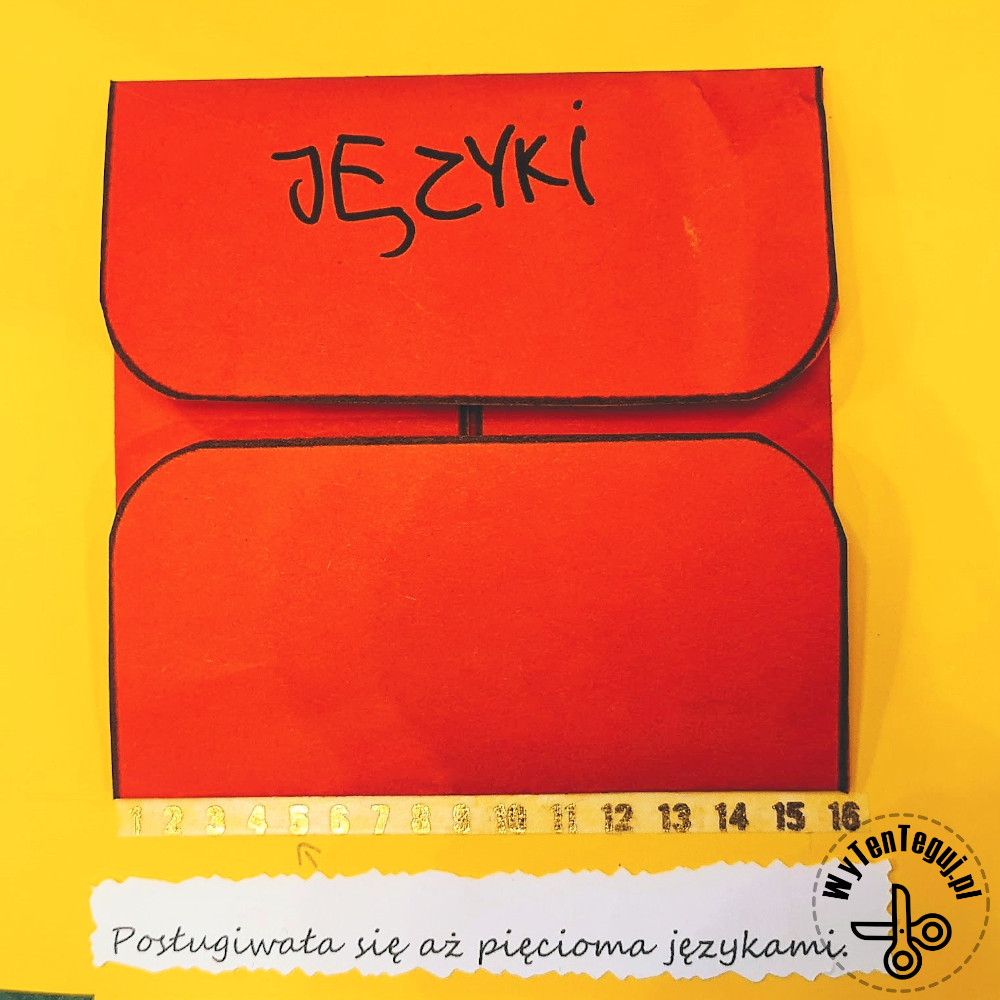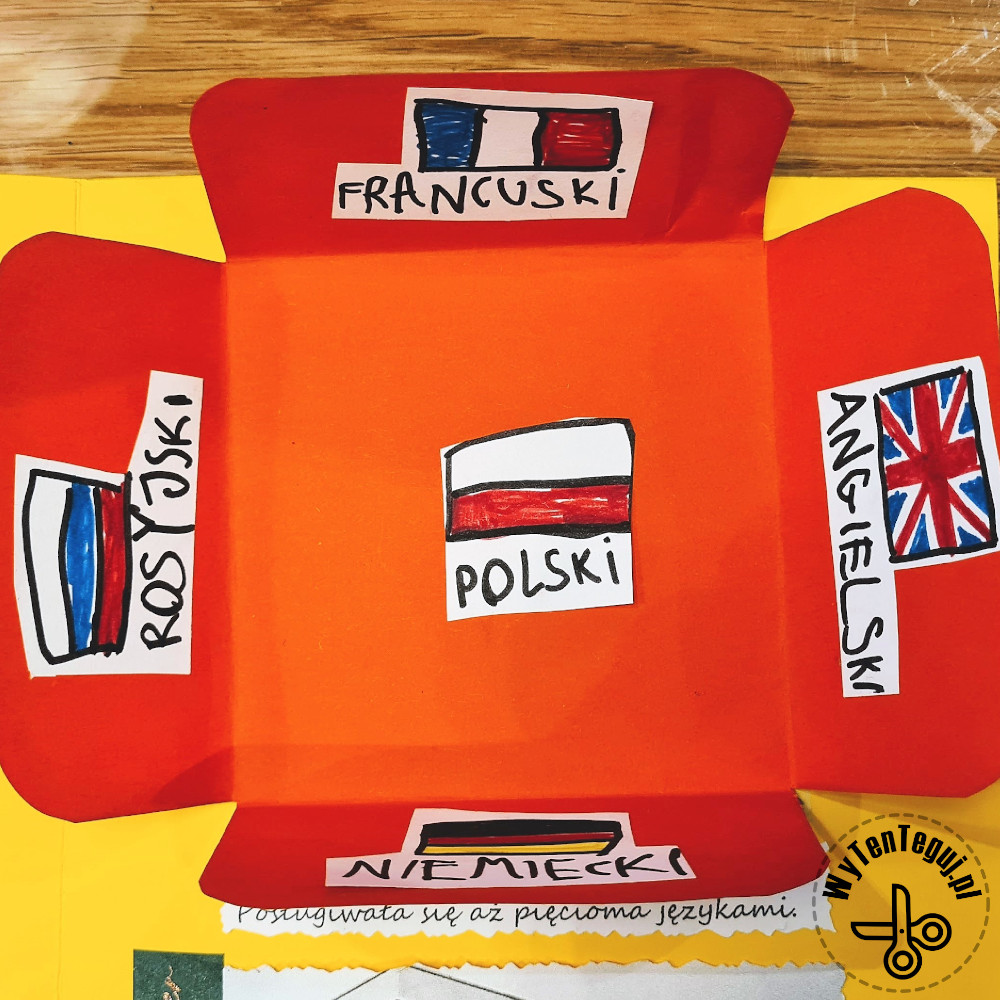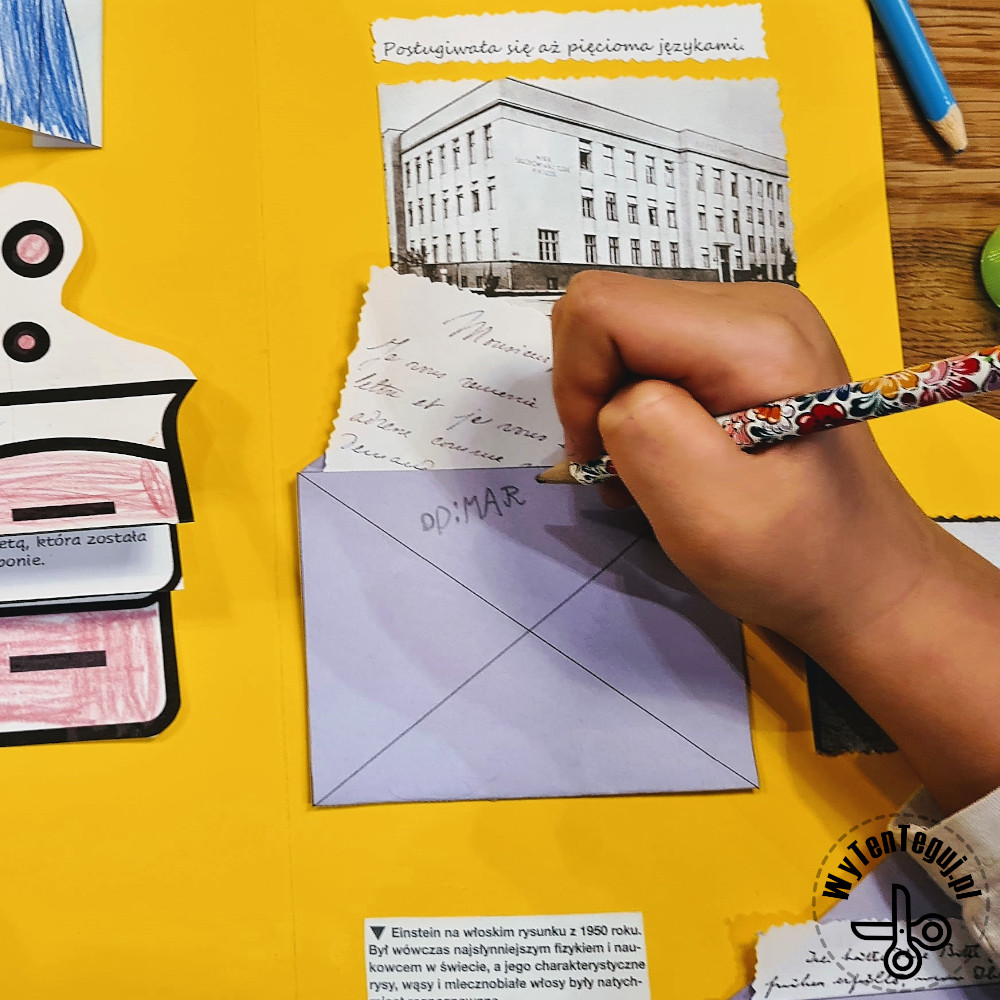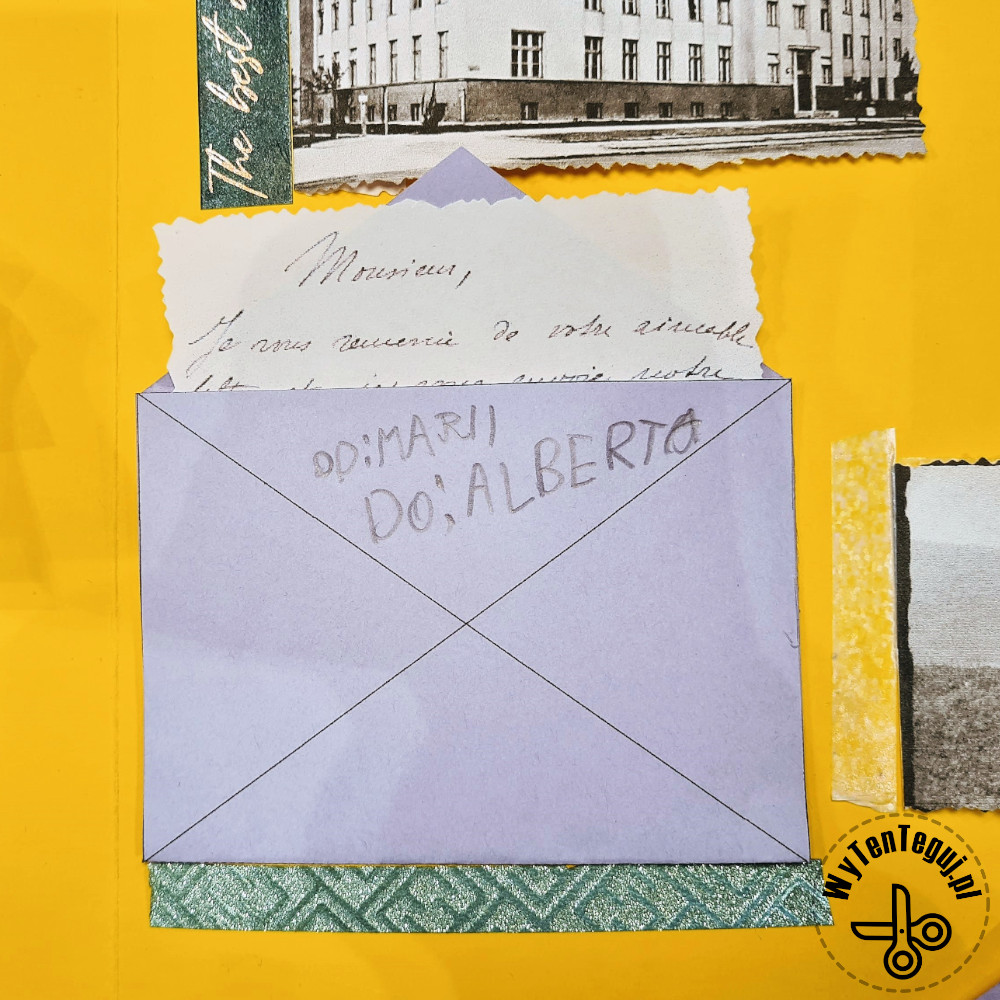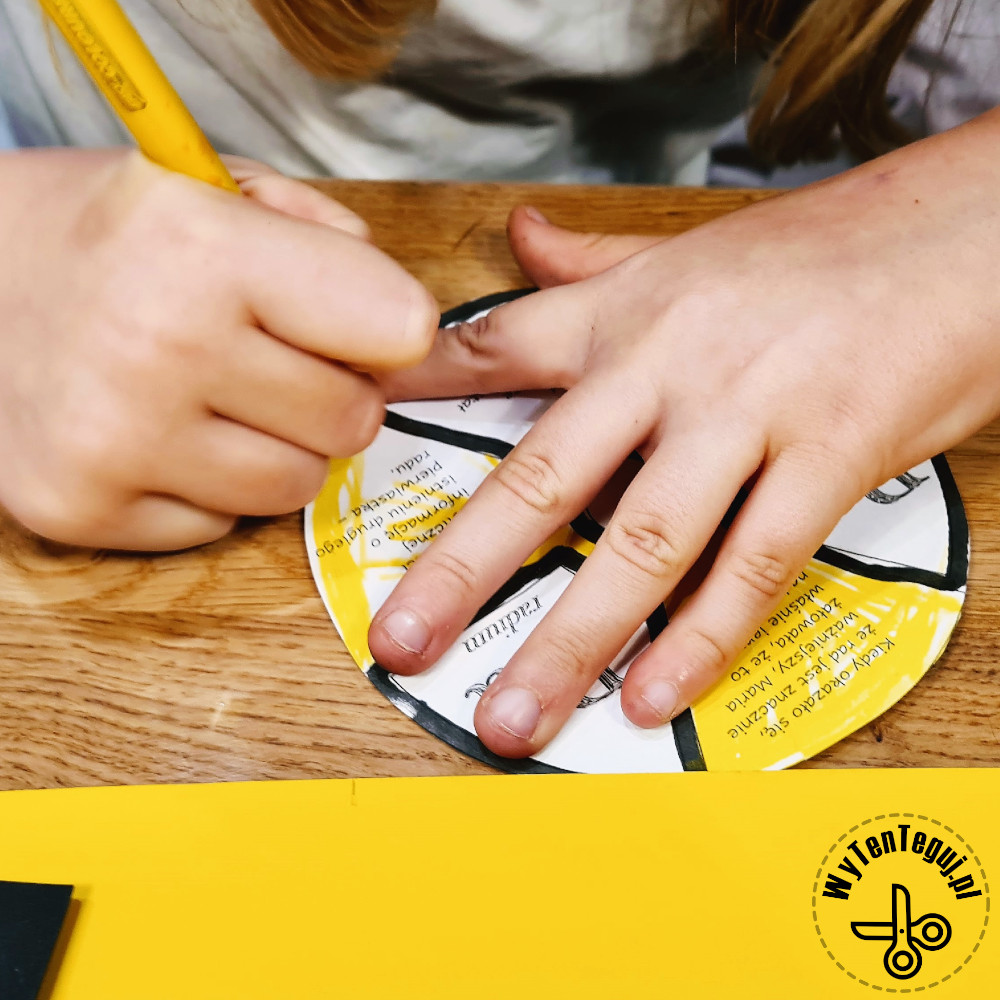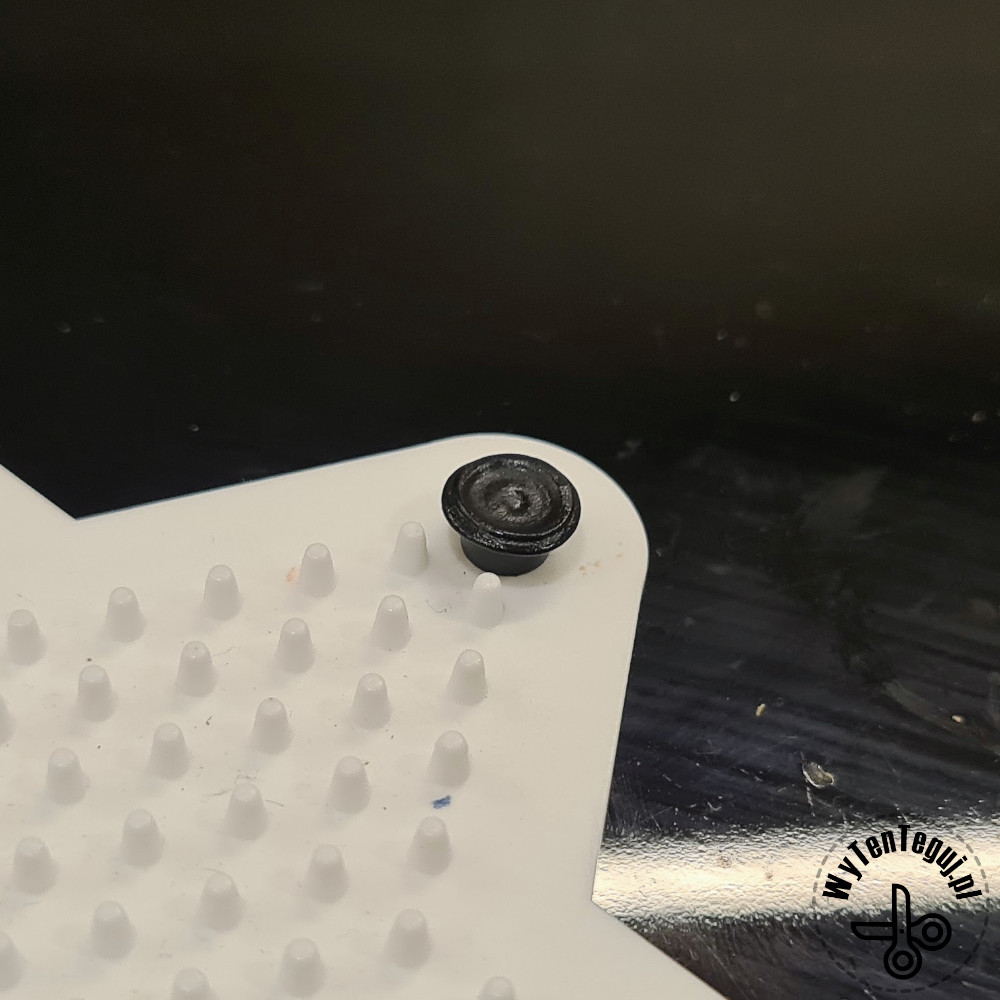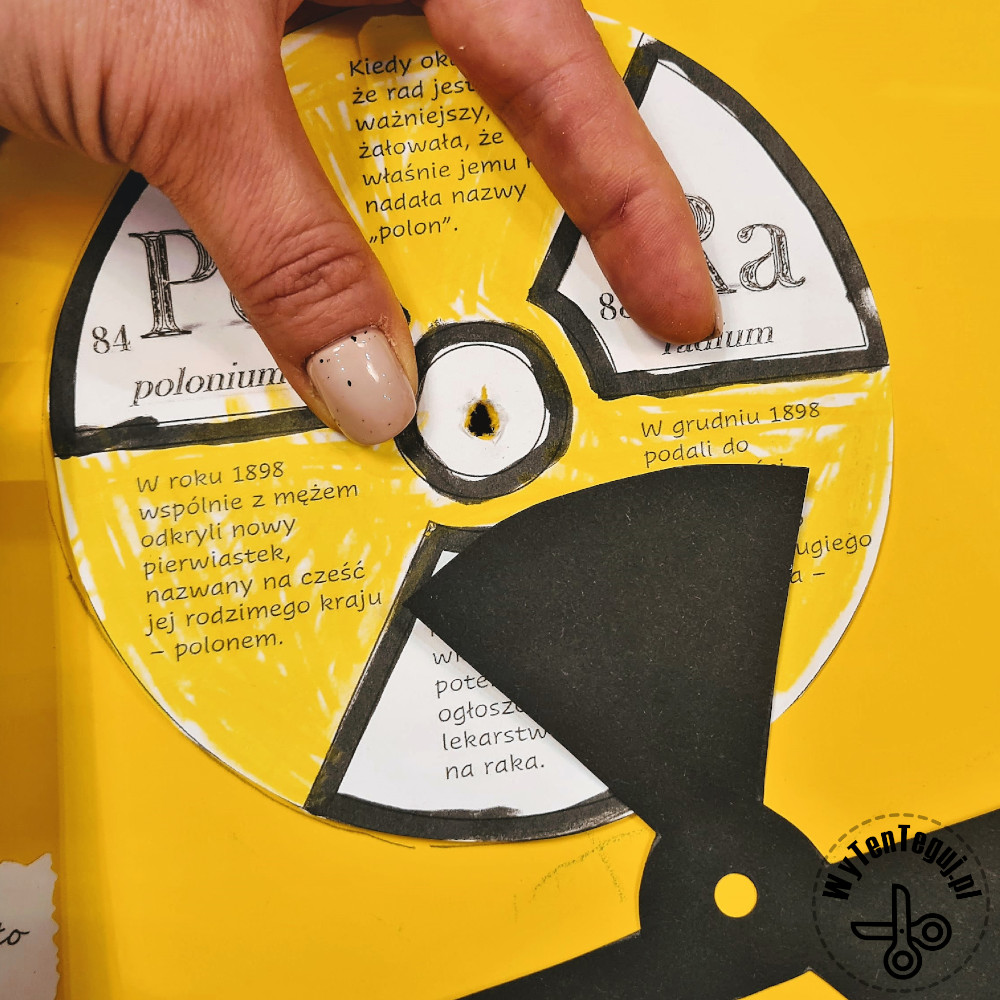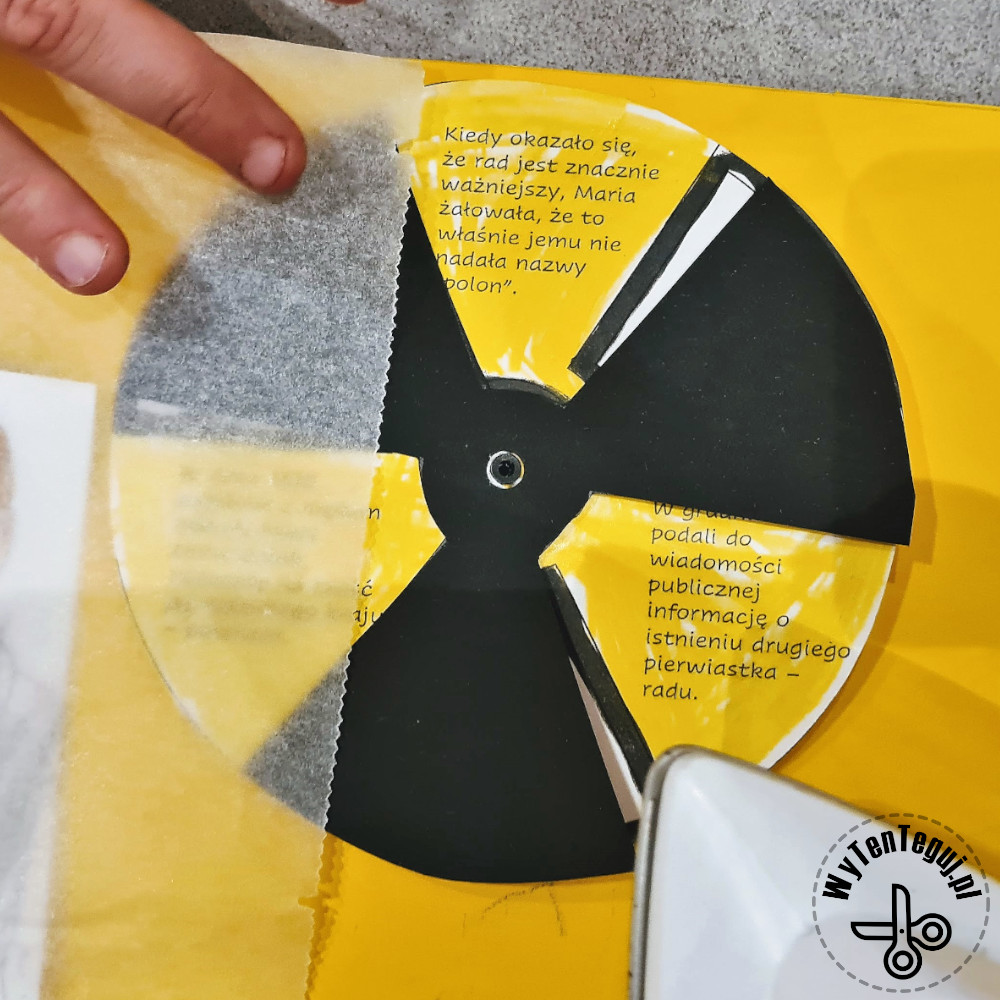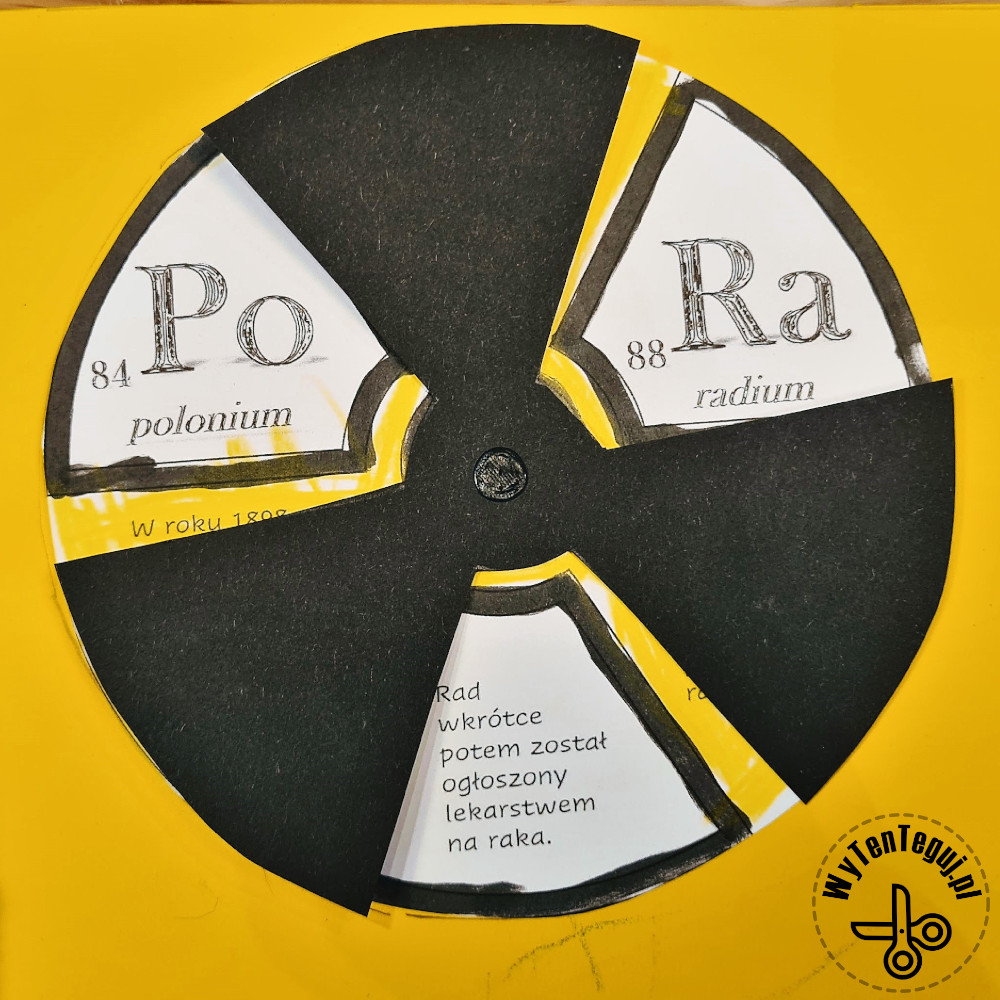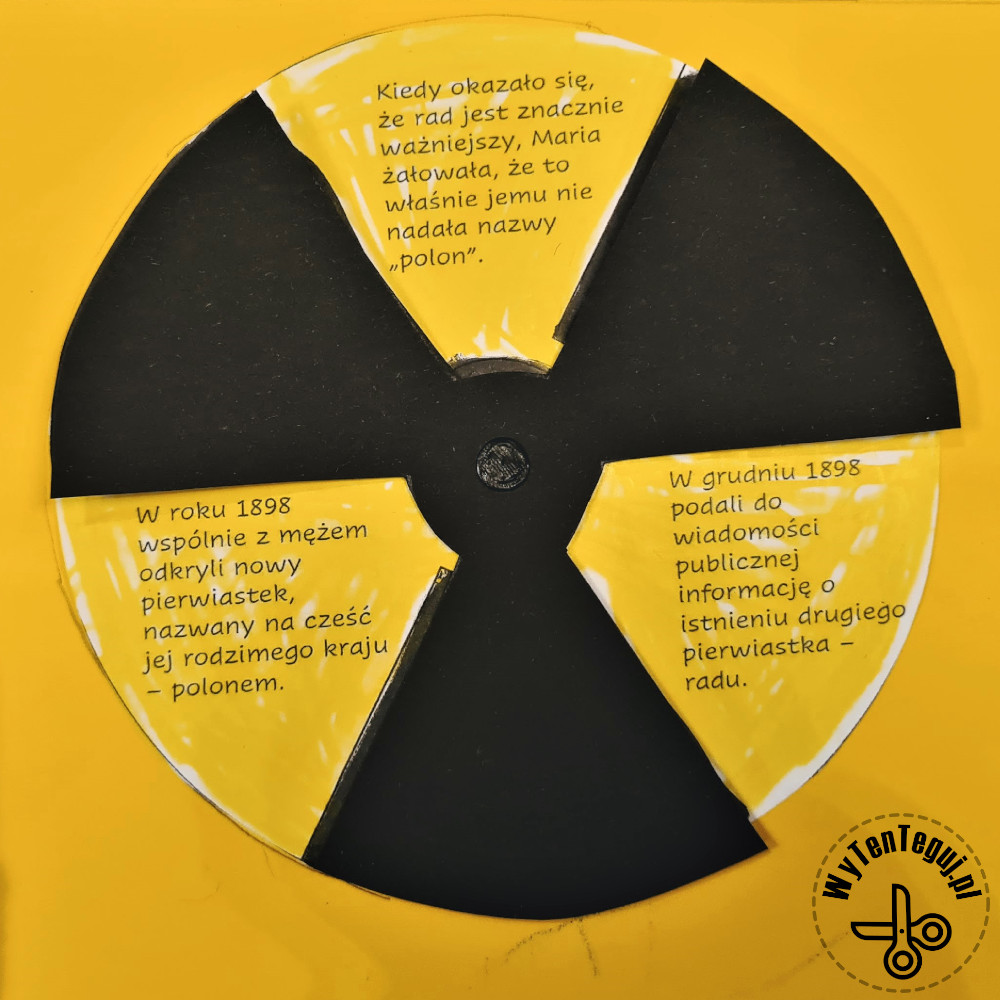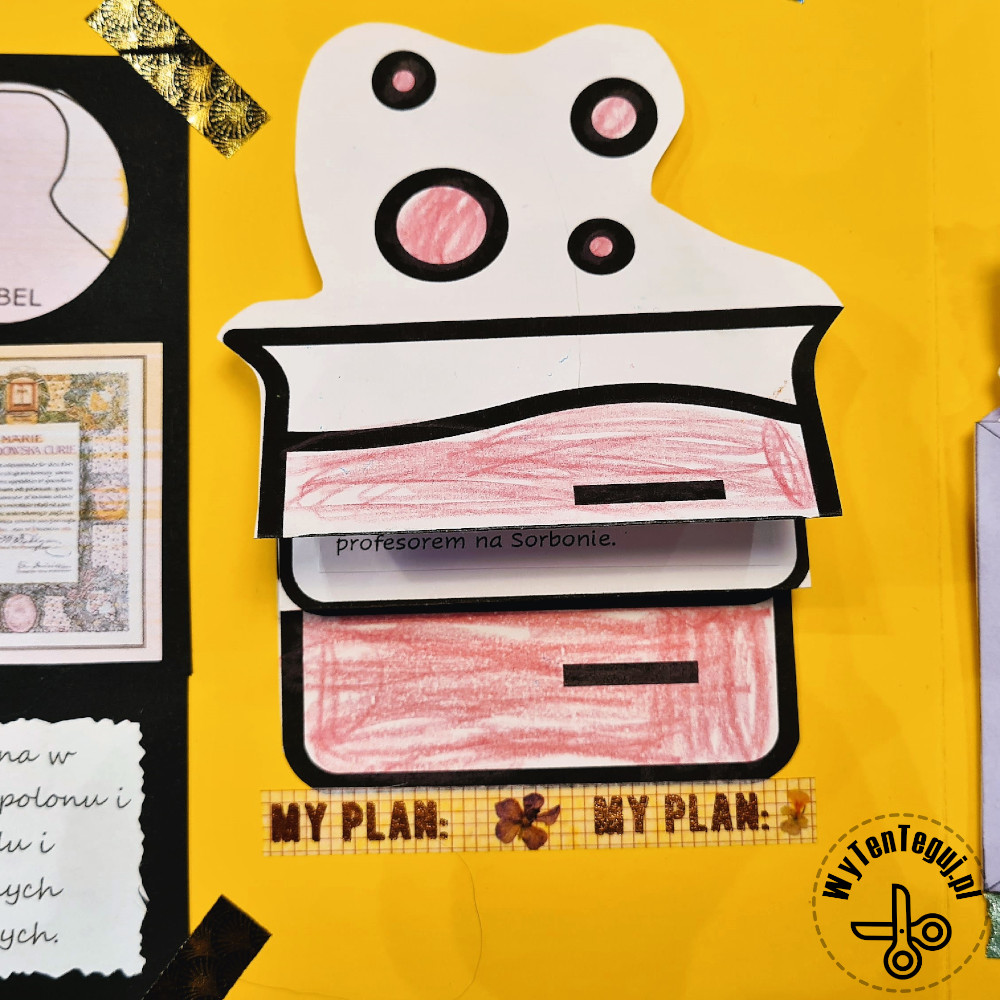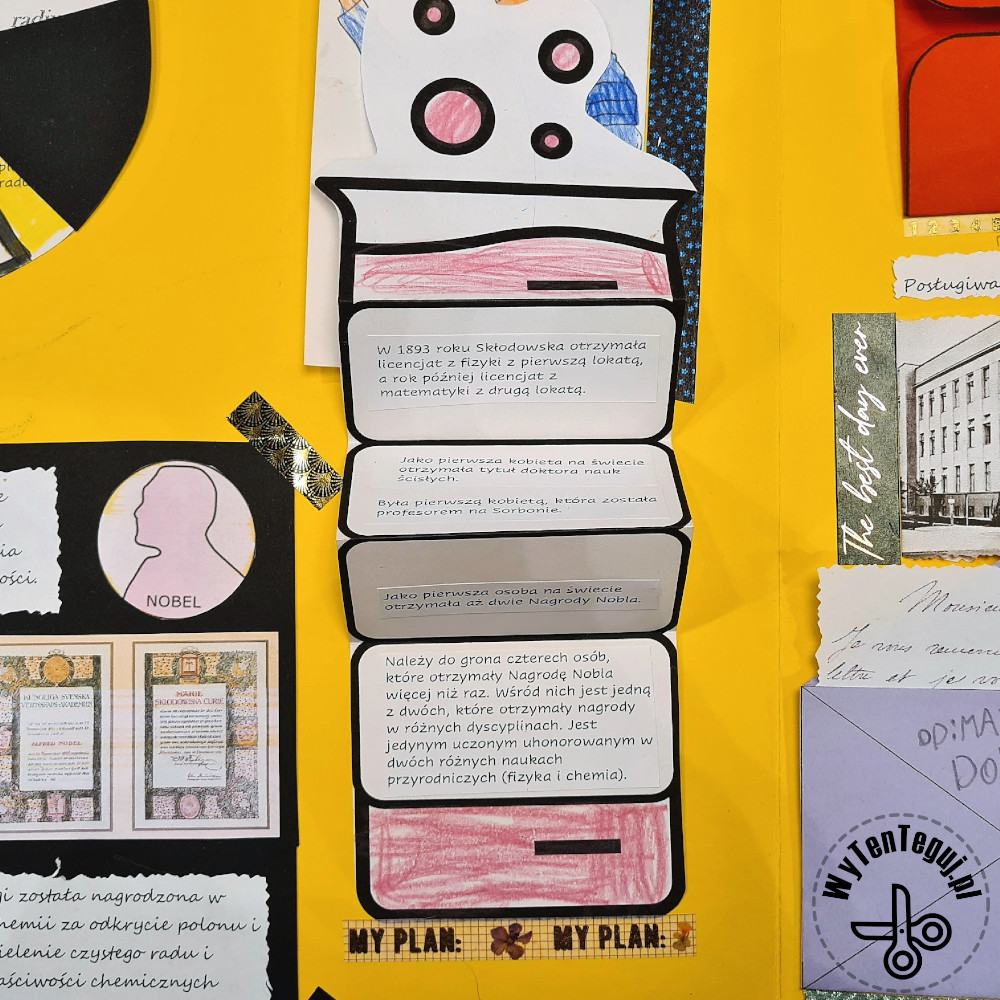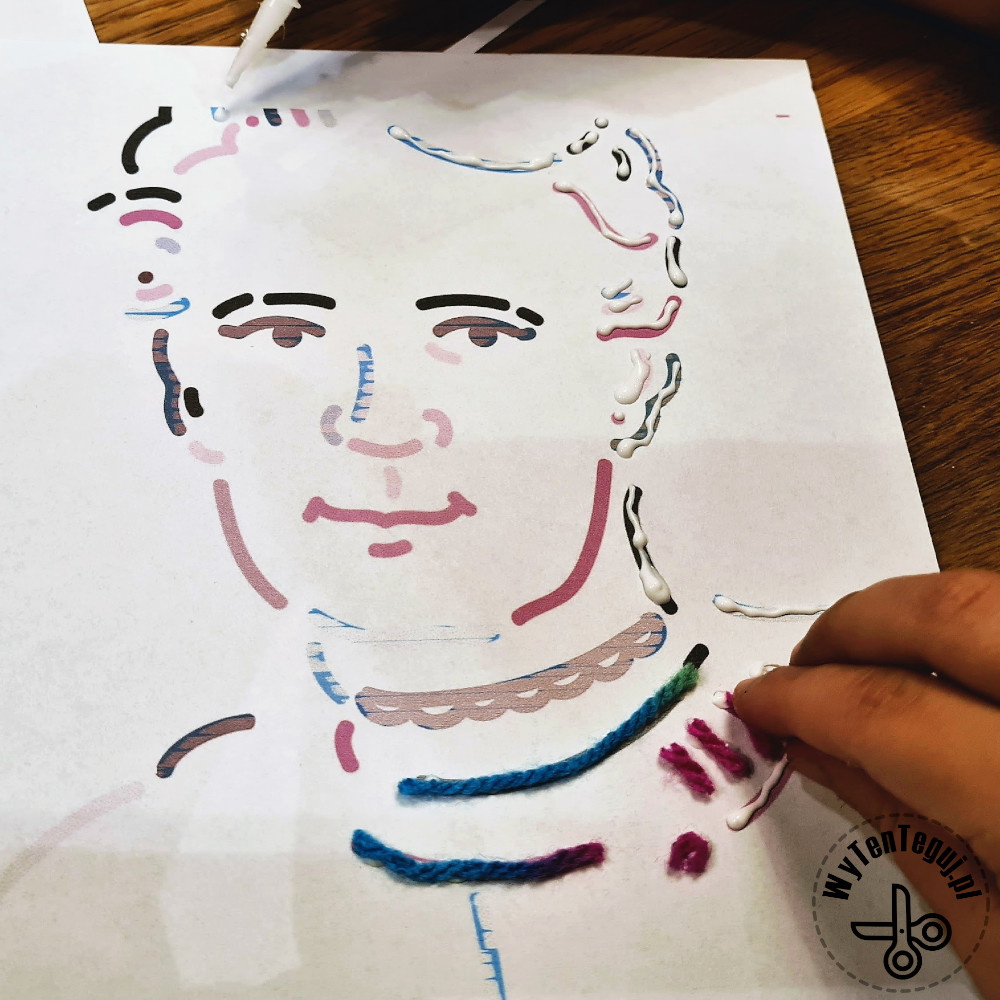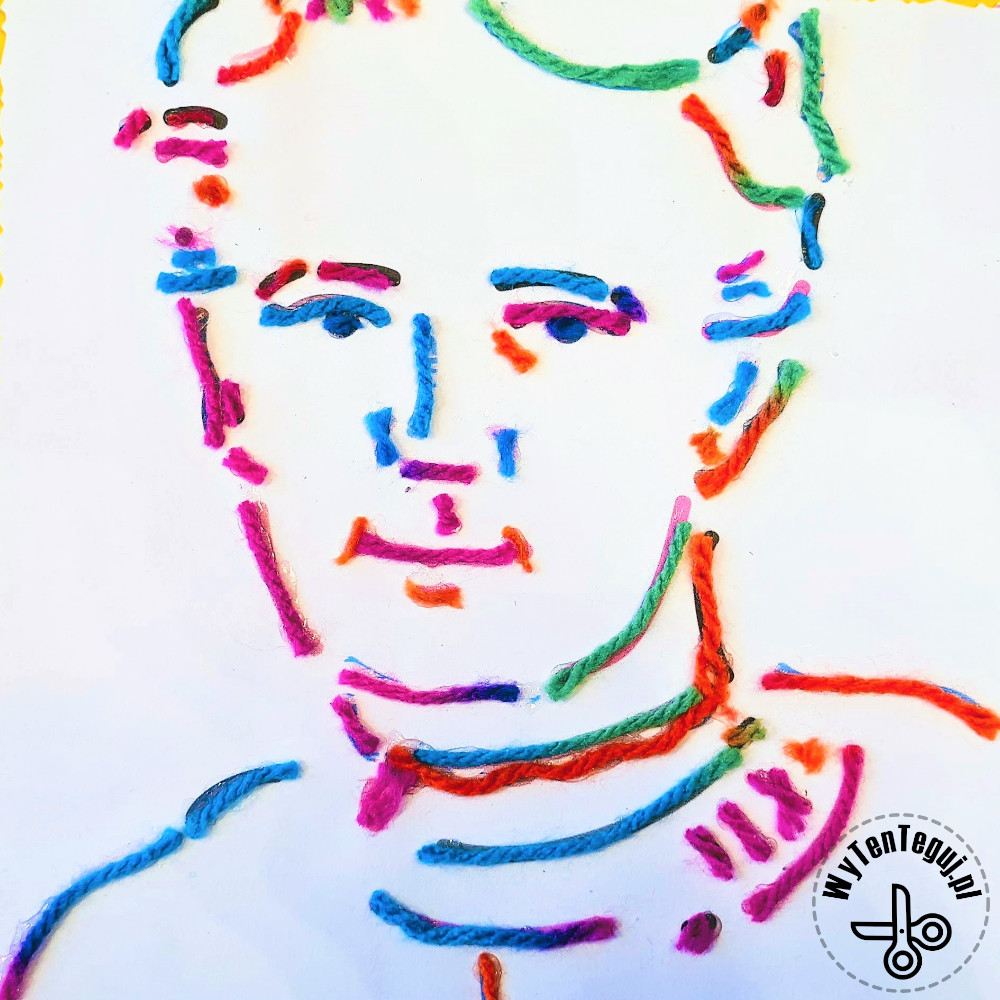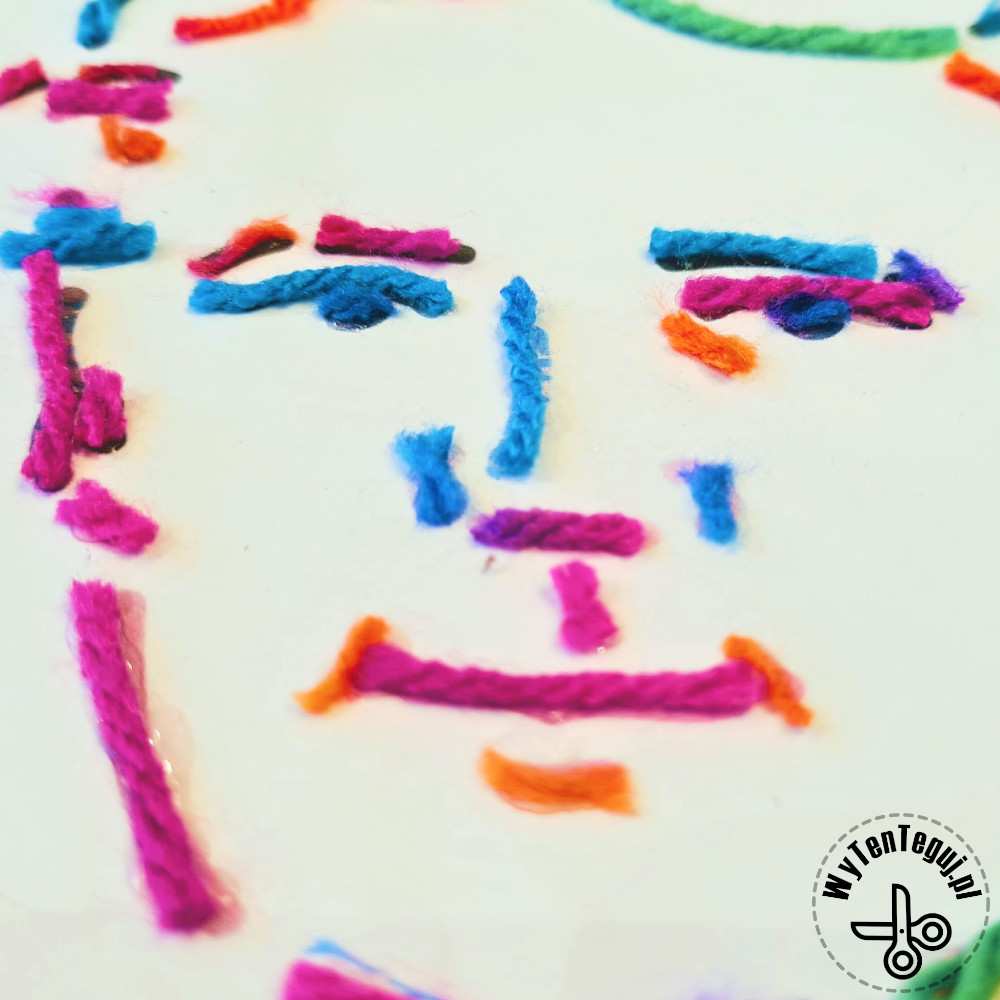When my older daughter started school, the sack of art works fell apart. Competition after competition, that you don’t know which one to choose, and you would like all of them 😁. This time, the competition was about creating a lapbook about the school’s patron, Maria Sklodowska-Curie. Lapbook is a new form of expression that I have not dealt with at school, so I had to dig the internet to educate myself how to make a lapbook. Additionally I prepared some lapbook templates that you can download. Again, the most difficult thing was to give the initiative to my daughter 😉
![]() If you are most interested in interesting facts about Maria Sklodowska-Curie, then go here.
If you are most interested in interesting facts about Maria Sklodowska-Curie, then go here.
![]() If you are most interested in downloadable templates please check here.
If you are most interested in downloadable templates please check here.
![]() Polska wersja: Lapbook o Marii Skłodowskiej-Curie z szablonami do pobrania
Polska wersja: Lapbook o Marii Skłodowskiej-Curie z szablonami do pobrania
What is a lapbook?
Lapbook is a form of art work made with many techniques. The most important thing is that it should open and have many hiding places, pockets and windows. It should be interesting and facilitate the acquisition of knowledge.
We invite you to a short demo of our lapbook 🙂
How to make a lapbook?
The base is a cardboard with lockable wings. Our lapbook is in A3 format vertically, and the wings close with an overlap, a bit like an archive folder.
The heart of a lapbook are all kinds of opening windows, petals, envelopes and pockets. The fancier the better. We used a few techniques, all of our templates are downloadable below.
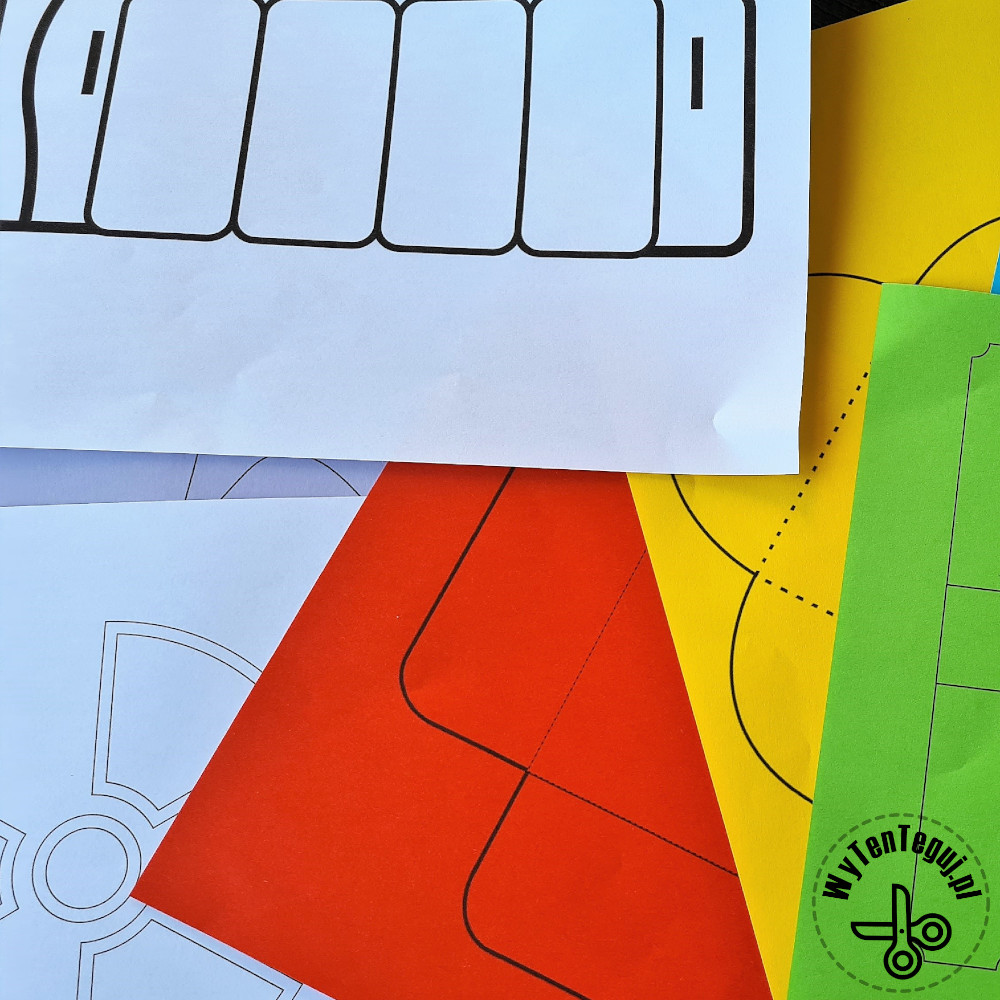
The content depends on the subject of the lapbook. Ours is about Maria, so I printed information (from Wikipedia) and interesting facts about the double Nobel Prize winner and a few photos. Additionally, to adjust the level of the lapbook to the first grade, I printed coloring pages matching the interesting facts.
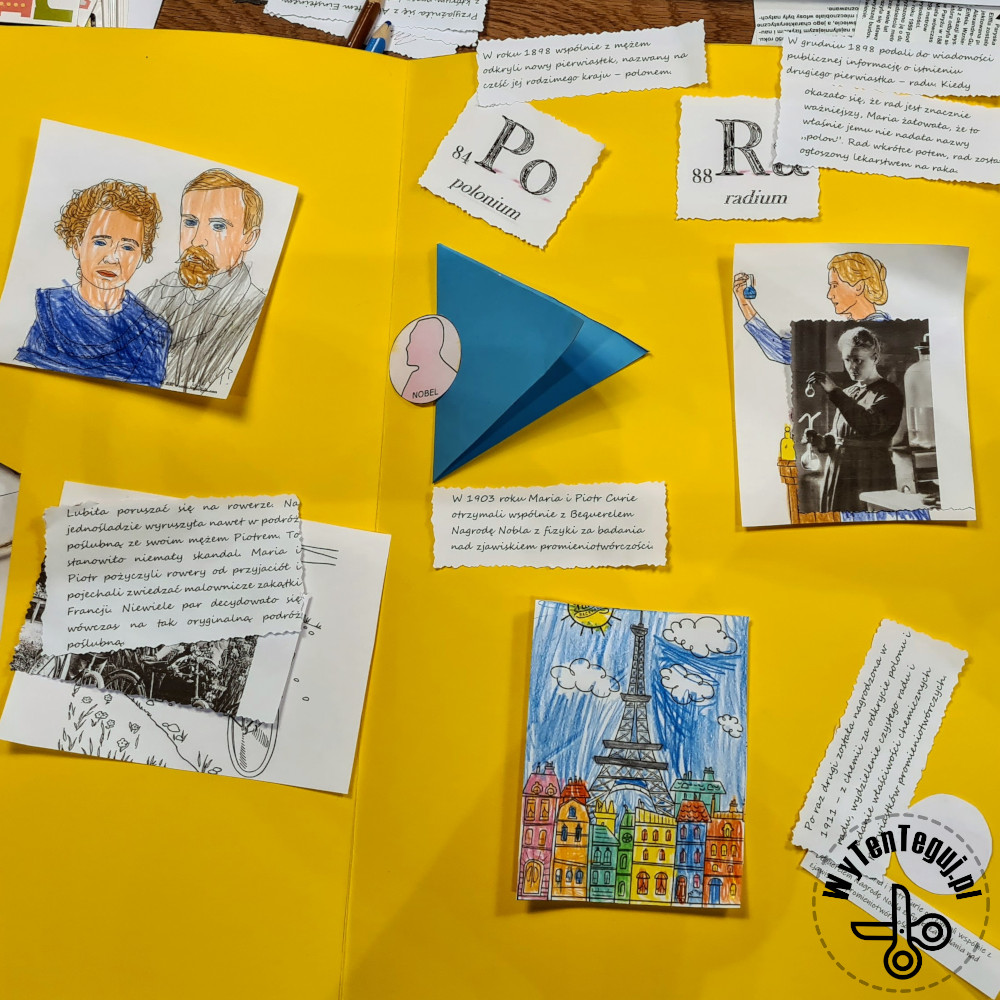
Open windows
The simplest form, it opens on one side. The movable wing is a coloring book, and underneath a photo and an interesting fact.
The lapbook includes the following curiosities in the windows under the coloring pages:
- Arrangement with sister and the trip to Paris – coloring page
- Maria i Piotr – coloring page
- Travel wedding by bike – coloring page
- Climbing Rysy peak – coloring page
- Maria – coloring page
4 tab petal
Maria knew five languages, so the square with 4 petals was a perfect fit.
Envelopes
The classic form of a hiding place in the form of an opened envelope. We used the interesting fact about Maria’s acquaintance with Albert Einstein. They knew and corresponded with each other for many years, and each of them wrote in the language they used. Maria in French and Albert in German.
The envelopes contain letters with the handwriting of Maria and Albert and signed by them.
Spinning wheel
Wheel in the form of a rotating radioactivity symbol ☢. The daughter says it’s the coolest thing 😁
The element that allows the wheel to rotate is an ironed Hama bead. First you need to iron it on one side. Then make holes in the base and rotatable piece. Finally, iron the bead from above. Done 😉
Links to cool symbols of polonium i radium.
Accordion
In the form of a pull-down beaker, it perfectly fits the chemical subject. There are printed interesting facts stuck inside.
Lapbook cover page
For the title page, my daughter prepared a model of the radium atom, where the electrons are colored pom poms 🤩.
I downloaded the model of atoms from Wikipedia: radium and polonium.
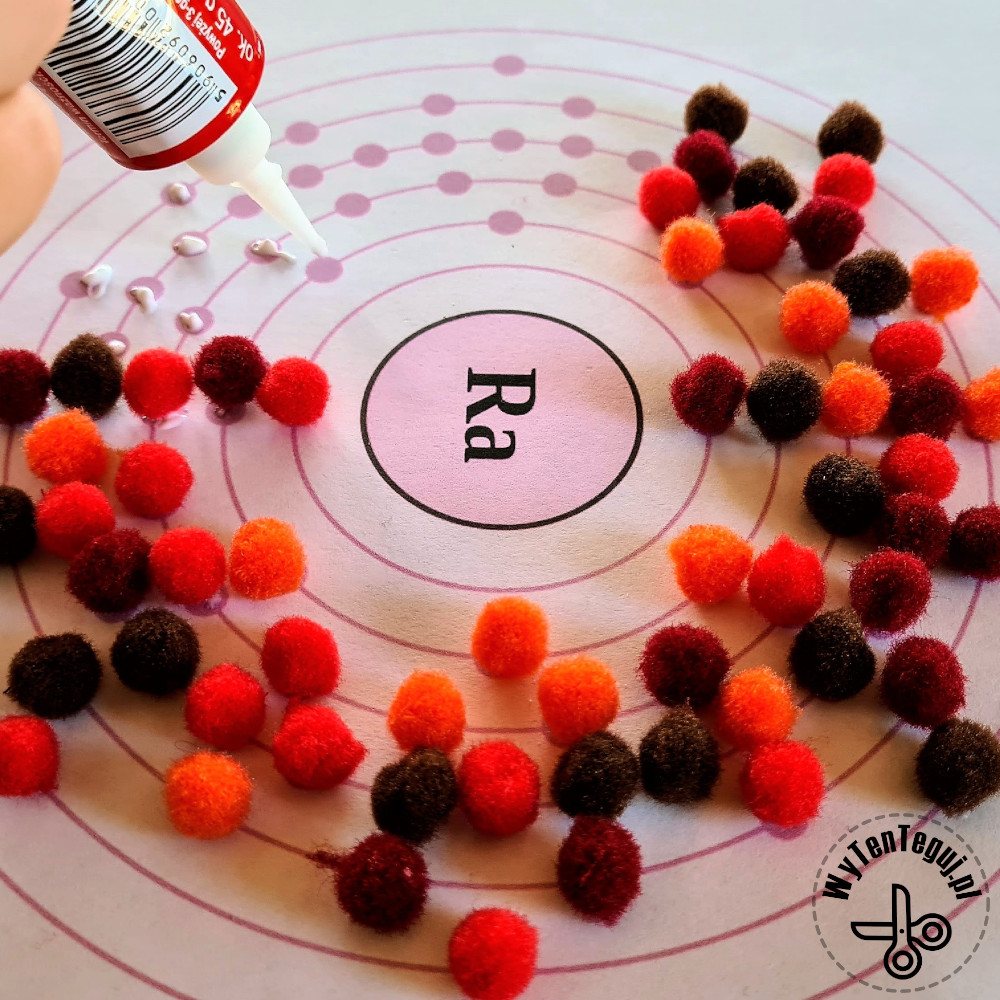
Crème de la crème is an abstract portrait of Maria made of colorful yarn. It is definitely easier than it looks and a child can make it with a little help (mine was limited to cutting the yarn). Apply glue on the printed abstract and stick the yarn pieces.
Printable lapbook templates
You can find a lot of templates on the Internet, although you have to pay for the coolest sets. That’s why I created some of my patterns that you can download and print.
Our lapbook is about Maria Skłodowska Curie, so we have a few non-standard elements such as a drop-down beaker 🧪 or a rotating symbol of radioactivity ☢. The others are universal and can be used regardless of the subject of the lapbook.
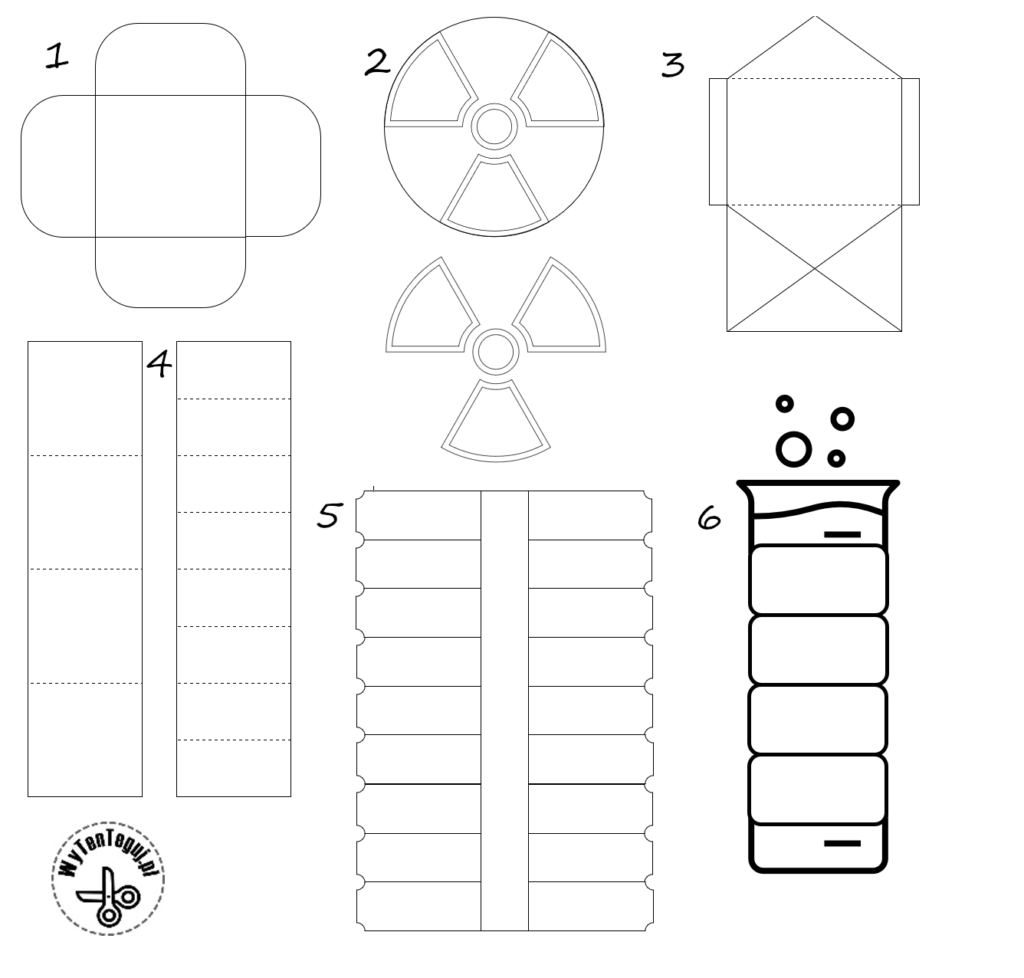
Lapbook about Marie Sklodowska-Curie
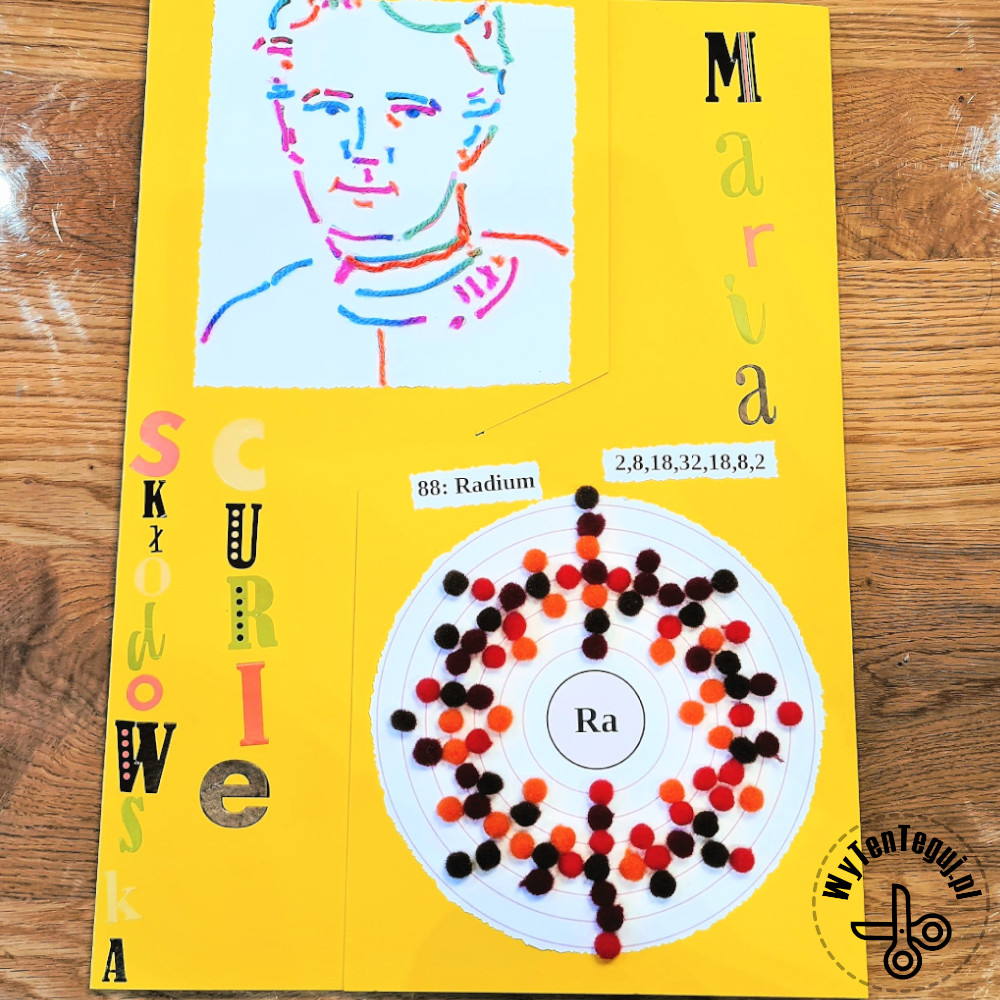
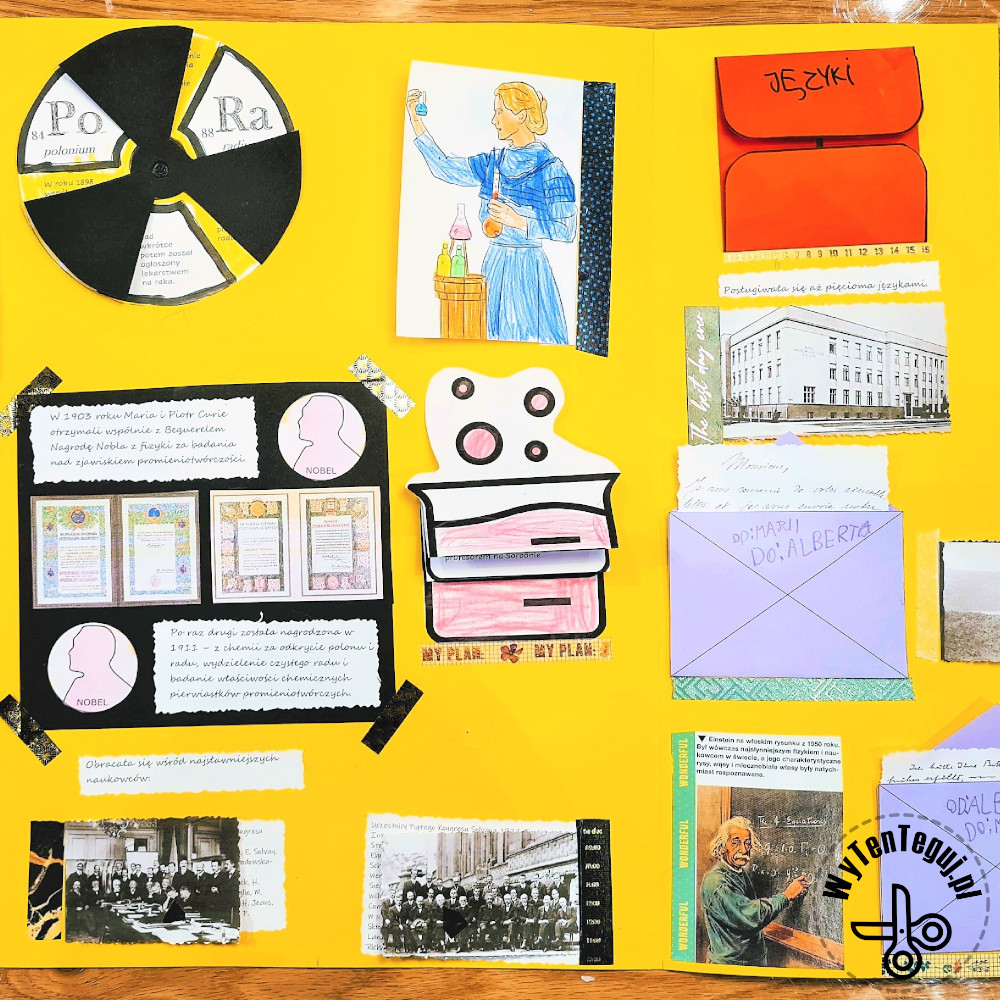
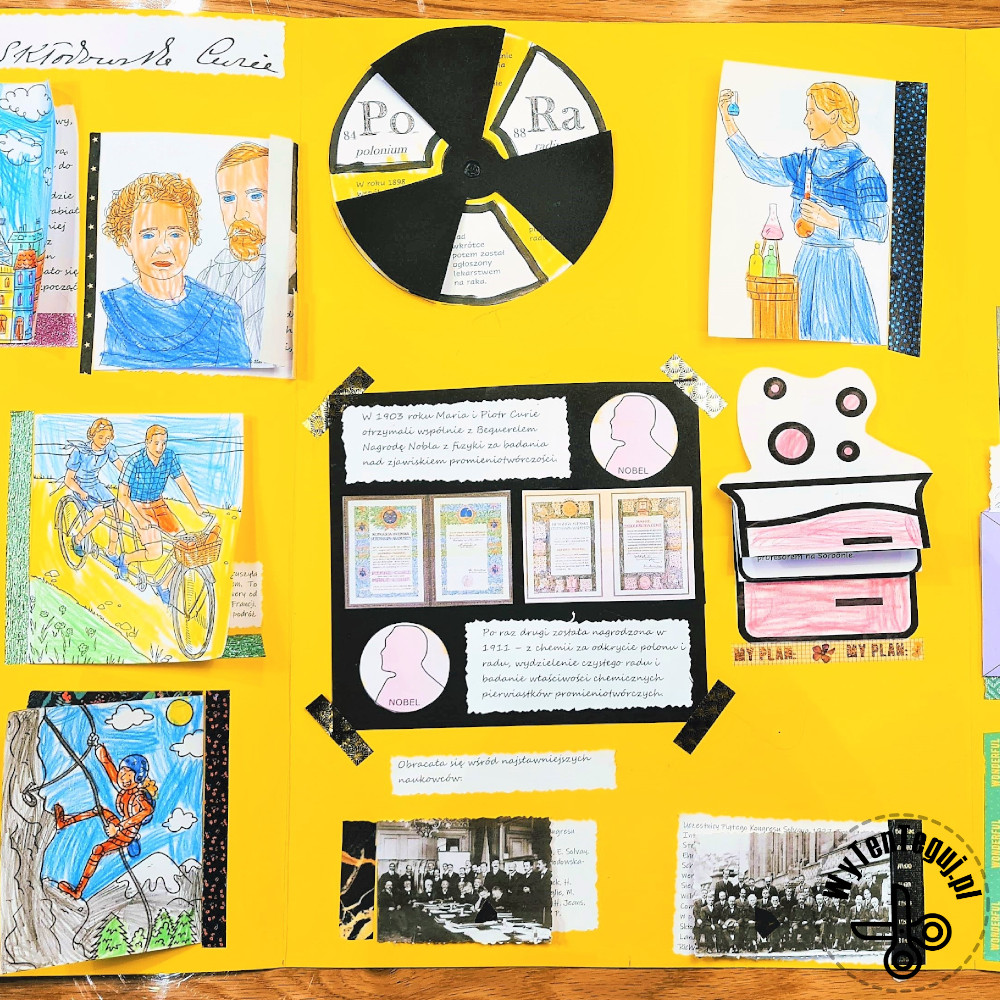
Interesting facts about Maria Sklodowska Curie
Based on information from from Wikipedia and interesting facts in Polish (100 , 41 , 25 ).
#1
Thanks to her discoveries, at the beginning of the 20th century, X-ray examinations were disseminated, radiological centers were established and cervical cancer was cured.
#2
She spoke five languages (Polish, Russian, French, English, German).
#3
Despite Polish nationality and sentiments towards Poland, she never obtained Polish citizenship – she left for France with a Russian Empire passport.
#4
Her coming to Paris was possible thanks to an agreement she had made with her sister. They decided that Bronisława would go to France first to study medicine, and Maria would send her the money she earned while working as a governess. Later, however, she was to benefit from her sister’s financial assistance. And this is how, in 1891, Maria managed to go to Paris and begin her studies at the Sorbonne.
#5
In 1893, Skłodowska received a bachelor’s degree in physics with a first place, and a year later a bachelor’s degree in mathematics with a second place.
#6
She was the first woman in the world to receive a PhD in science.
#7
She was the first woman to become a professor at the Sorbonne.
#8
In 1898, together with her husband, they discovered a new element, named after her native country – polonium.
#9
In December 1898, they announced the existence of a second element, radium. When it turned out that radium was much more important, Maria regretted that she had not named him “polonium”. Rad shortly thereafter, rad was proclaimed the cure for cancer.
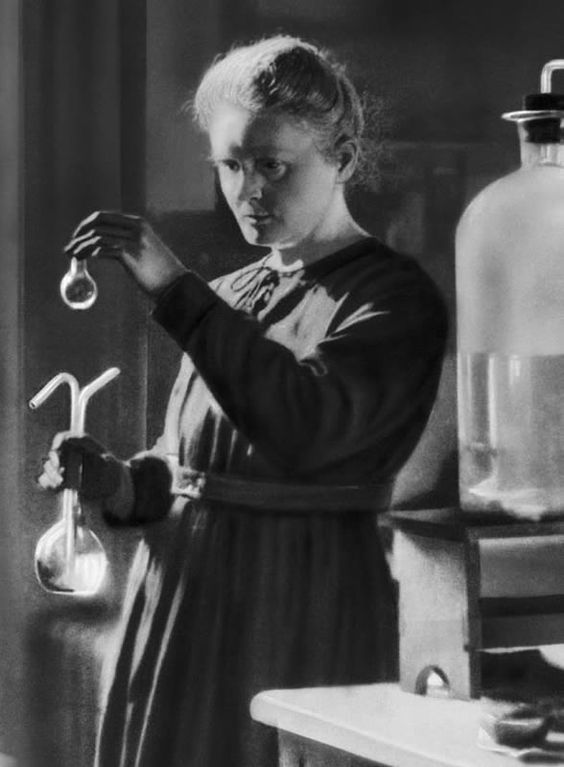
#10
In 1903, Marie and Pierre Curie together with Bequerel were awarded the Nobel Prize in Physics for their research into the phenomenon of radioactivity.
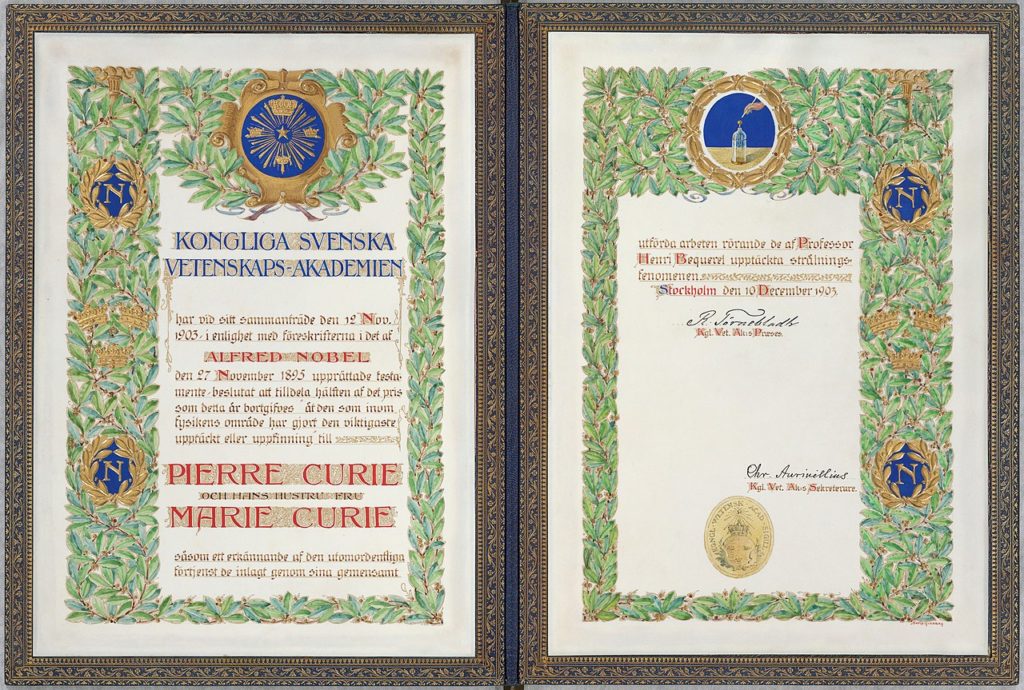
#11
She was awarded the Nobel Prize for the second time in 1911 – in chemistry, for the discovery of polonium and radium, the separation of pure radium and the study of the chemical properties of radioactive elements.
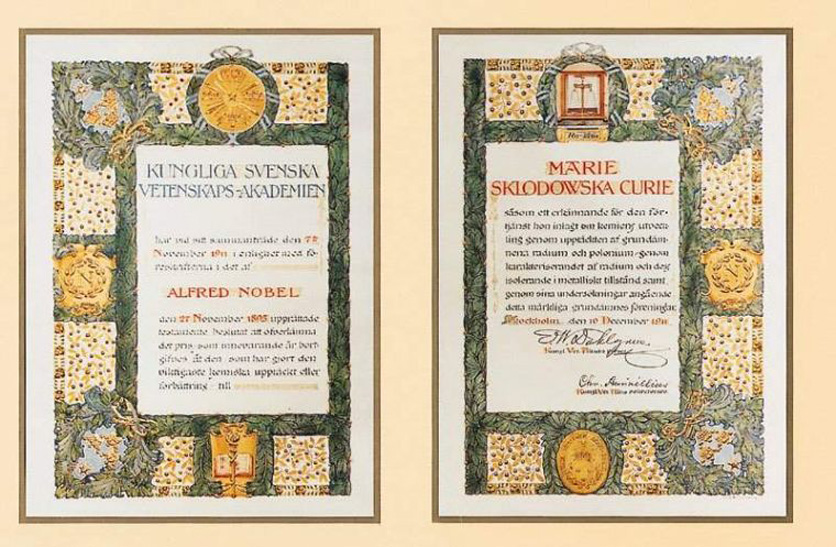
#12
She was the first person in the world to receive two Nobel Prizes.
#13
She is one of the four people who have received the Nobel Prize more than once. Among them is one of the two that have received awards in different disciplines. She is the only scientist honored in two different natural sciences (physics and chemistry).
#14
Maria’s marriage with Pierre was considered to be very happy. They were united not only by their love of chemistry and physics, but also by a real feeling.
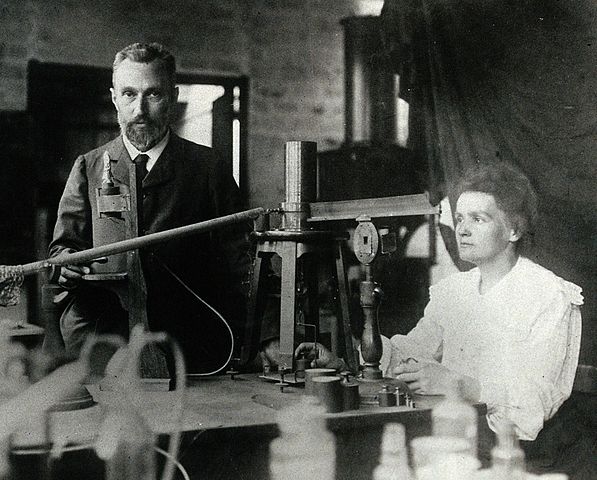
#15
In 1899, Maria and Piotr climbed the highest peak of the Polish Tatra Mountains – Rysy (2499 m above sea level). It was quite a feat at a time when the Tatra trails did not exist yet, and women had to wear long dresses and hats.
#16
She was one of the first women to pass the driving test (1916), also for trucks.
#17
She liked to ride a bike. She even went on a honeymoon trip with her husband Pierre. It was quite a scandal. Maria and Pierre borrowed bikes from their friends and went sightseeing the picturesque corners of France. Few couples decided to go on such an original honeymoon then.
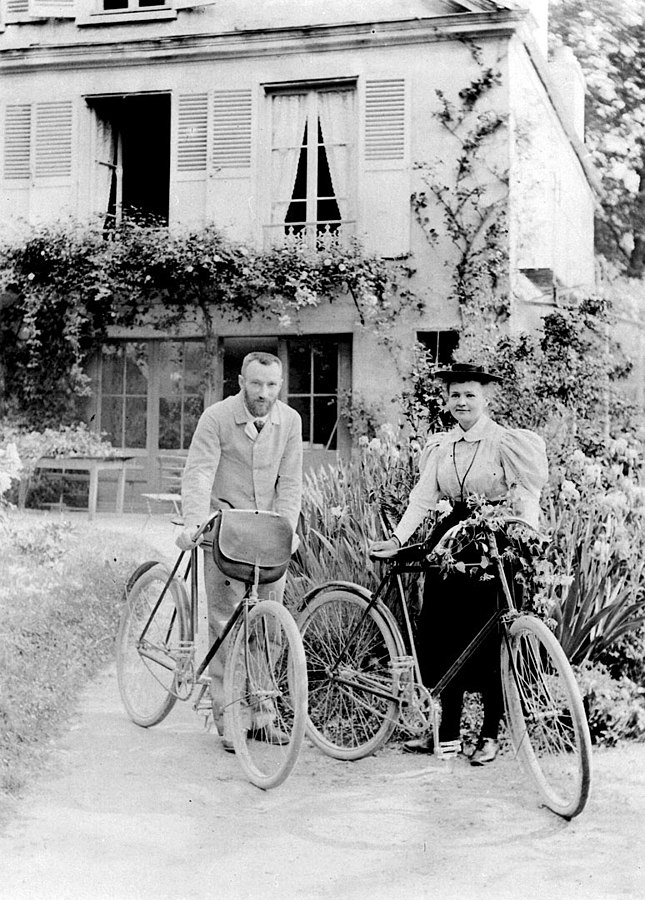
# 18
She had two daughters – Irena and Eva. Irena, followed in her mother’s footsteps and in 1935 received the Nobel Prize in Chemistry for the discovery of artificial radioactivity. Eve was a politician and writer. Her husband, Henry Richardson Labouisse, was the director of UNICEF, a children’s aid organization. Eve also worked for the organization, often referred to as “UNICEF’s First Lady”. Together, they visited over 100 countries, mostly Third World countries, which were beneficiaries of UNICEF’s aid. In 1965, Labouisse, accompanied by his wife, also received the Nobel Peace Prize, which was awarded to UNICEF.
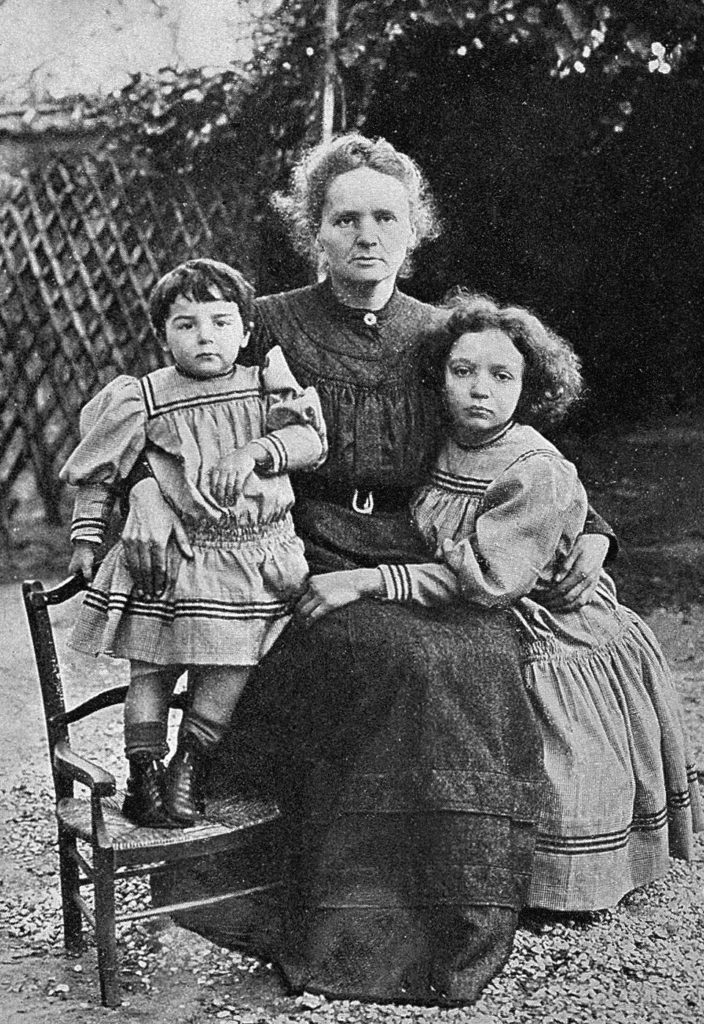
#19
During World War I, she organized special ambulances for screening wounded soldiers. Since she could not serve Poland, she wanted to help France. She collected X-ray machines from Parisian studios and organized special cars with apparatus, which were called “Little Curies”. These were innovative activities in the field of health diagnostics. Her persistence allowed for taking X-rays in the field.
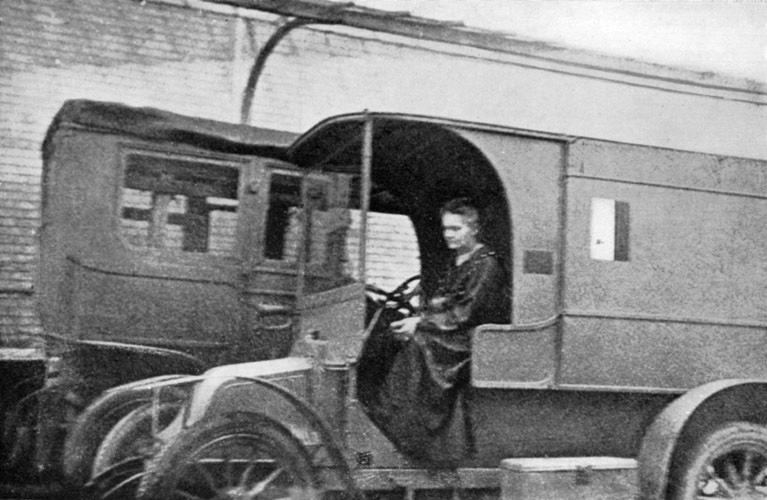
#20
In 1932, thanks to Maria Curie-Sklodowska, the Radium Institute was established in Warsaw, which conducted radiotherapy treatment. Its director was Sklodowska’s sister – Bronisława. Currently, it is the National Institute of Oncology.
#21
She was friends with Albert Einstein with whom she corresponded for years. Each of them wrote letters in the language they used on a daily basis. Sklodowska used French, while Einstein used German.
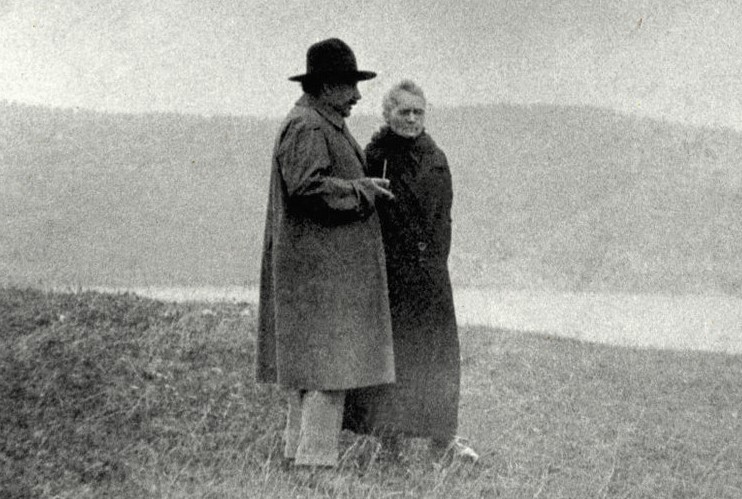
#22
She was among the most famous scientists. At the First Solvay Congress in 1911 at the Hotel Metropole in Brussels, she was the only woman among many outstanding scientists. The same thing happened at the Fifth Solvay Congress, 1927. Institut International de Physique Solvay in Leopold Park. It looks especially impressive when you look at the photos from these events.
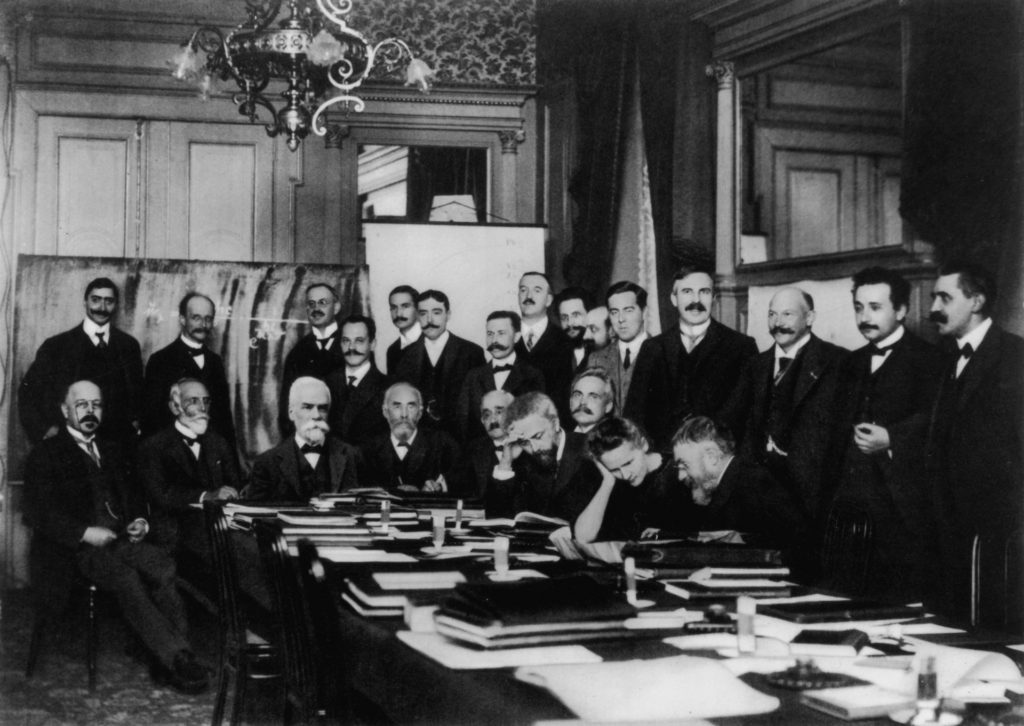
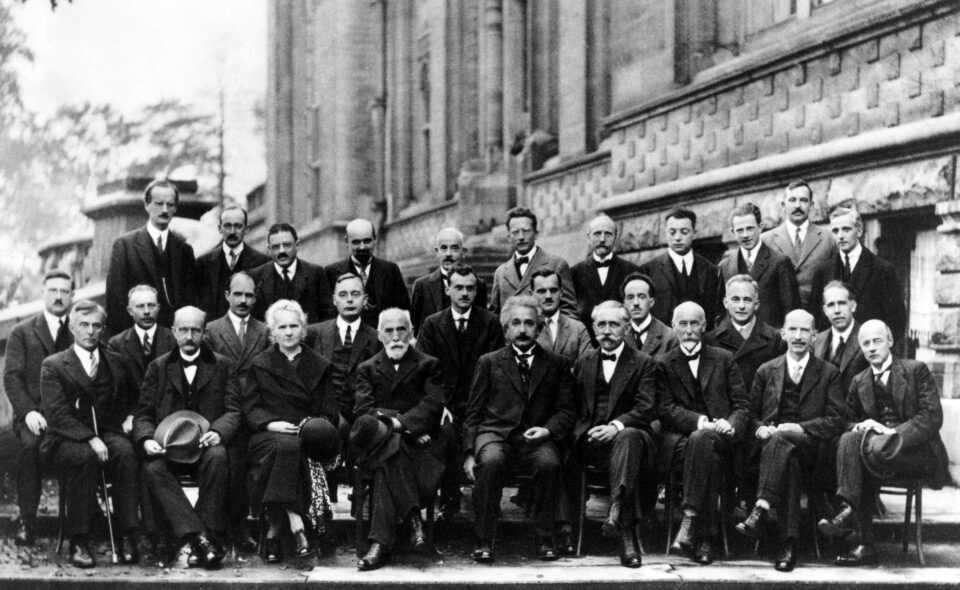
Check out our ideas
You can find more ideas for playing with children in the DIY with children section.
Follow us in social media
If you want to be up-to-date with our newest posts, like our Facebook fanpage, follow us on Instagram, Pinterest and YouTube.
Nothing gives more satisfaction than doing something yourself. I haven’t even thought about DIY as my hobby, I’ve just done different “projects” when it was needed. Sometimes it’s a disguise for the Masquerade Party in kindergarten. Another time, cutting out the pumpkin and baking the witch’s fingers for Haloween. Or simply organizing holiday souvenirs. Now I decided to share my realizations with you. Let’s go it together!
